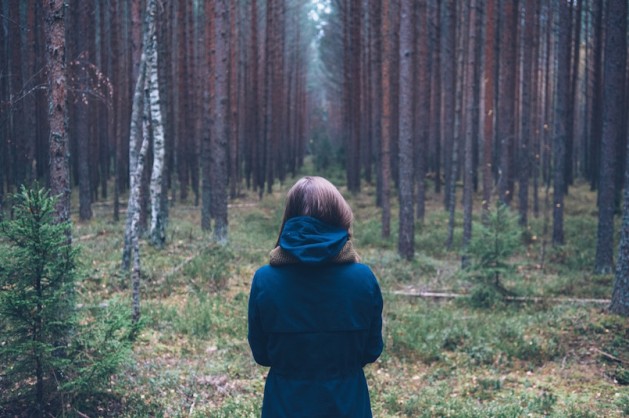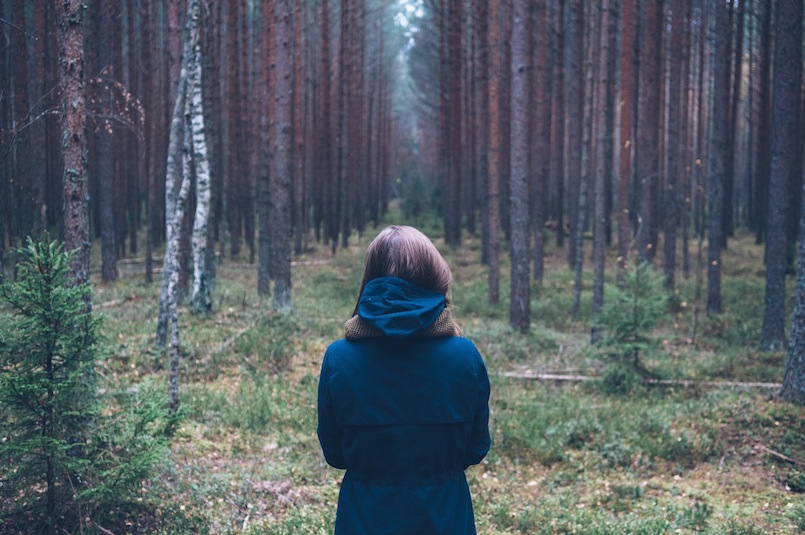
Life is filled with ups and downs, and we have all felt a little blue at one point in our lives. This is quite normal, actually. However, feeling or being in a constant state of sadness, or feeling down in the dumps more often than not, may be a cause for concern. Depression affects millions of people in the United States alone, but the trouble with diagnosing depression is that many people do not know the difference between being sad and actually being depressed.
Those who are sad typically know the cause of their distress. Sadness is what is known as a transient emotion, in that it passes, and the person feeling the sadness gets better as they cope and manage with the reason for their sadness in the first place. Depression, on the other hand, is a form of mental illness and is characterized by both physical and emotional symptoms which can make it hard to function normally in everyday life. Unlike sadness, depression often comes from nowhere, leaving the sufferer to have no logical reason or explanation for the onset. Understanding the warning signs of depression are important, especially for anyone that feels sad without any particular reason. Here are a few of the major warning signs of depression:
Feeling Hopeless
This feeling can be synonymous with sadness as well as depression, but the big difference is that when you feel hopeless while suffering from depression, the feeling does not go away, and you often do not know where it comes from. This means that the things that once gave you joy no longer do, and the motivation you have to get better or feel better has also disappeared. Feeling hopeless gives you the feeling that nothing you do is worth it, and that nothing you do to try and feel better will work.
Irritability
Regardless of whether you’re sad or depressed, you’re more than likely not going to be in the greatest of moods. However, being irritable or restless fades over time with sadness; with depression it lingers and can even worsen over time. Those suffering from depression usually do not sleep well, and this can lead to a heightened sense of irritability and a drastic change in mood as well. This becomes a vicious cycle, as the more depressed you become, the less sleep you’ll get, which in turn leads to feeling even more on edge.
Loss of Appetite
Feeling the blues can lead you to skip a few meals here and there, simply because you’re sad, but when you’re depressed, your appetite can be absolutely nonexistent. Those with a healthy and regular appetite can see it diminish in a hurry when they become depressed, and do so for a very long period of time.
Feelings of Suicide
One of the big warning signs, and one of the major differences between sadness and depression, is feeling the urge or need to commit suicide in order to make the feelings dissipate. Those who are just sad usually do not want to make the sadness end by committing suicide, they often want sadness to end by doing something fun, feeling happy and moving on from whatever it is that made them sad to begin with. With depression, sufferers often feel there is no end in sight and that their feelings will not end by doing something happy or fun, and they often decide to turn to suicide as an alternative.



